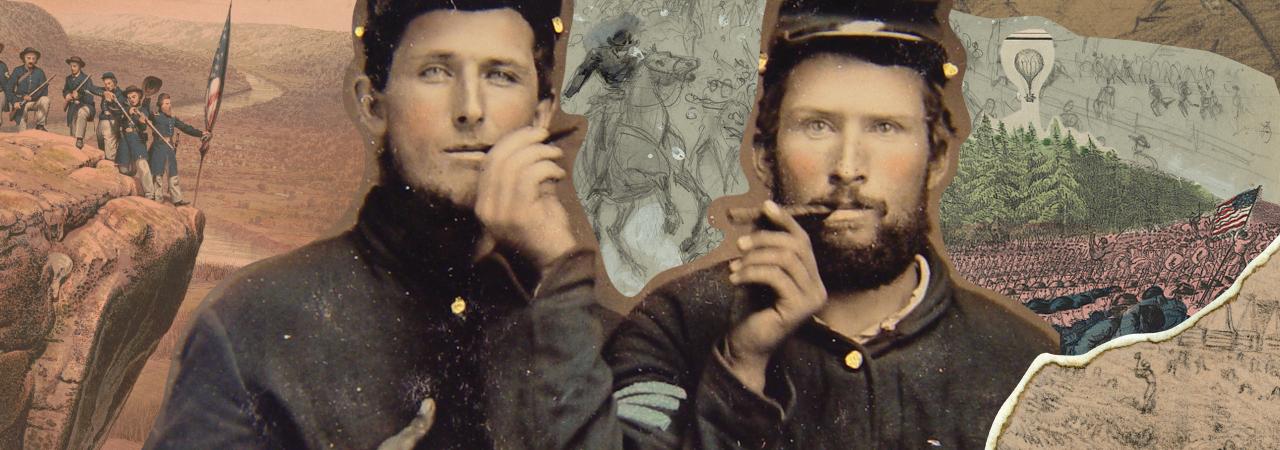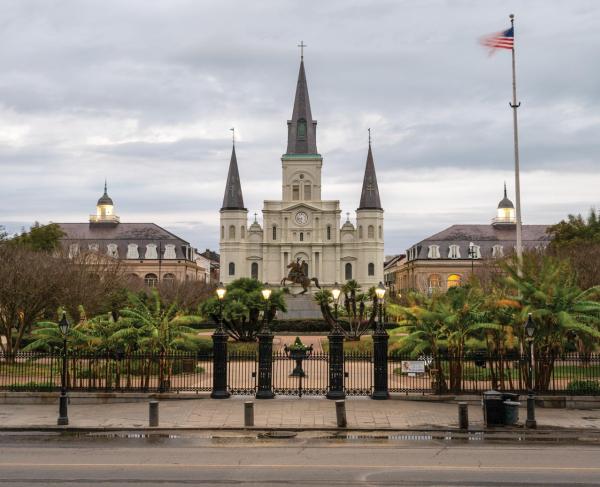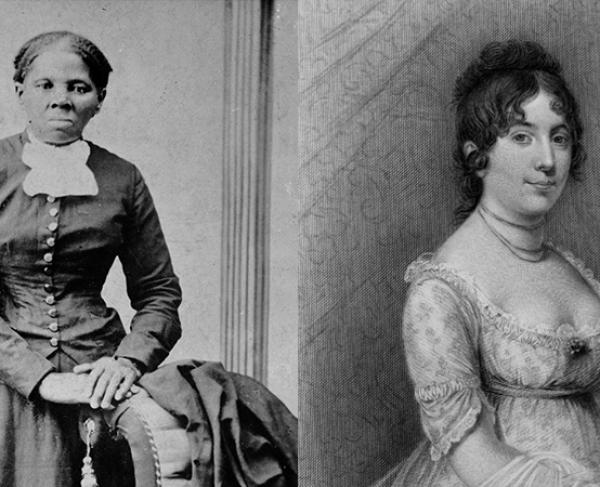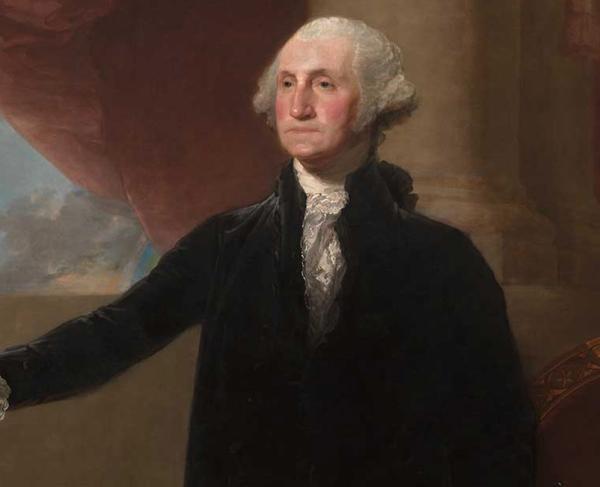
Head-Tilting History
Have you ever found yourself reading through letters from Civil War soldiers and wonder, "what are they talking about?" Watch Chief Historian Garry Adelman in an "In Four Minutes "video to learn about the plethora of Civil War words and phrases that leave us dazed and confused today!
While study of the American Revolution quite often emphasizes the lasting legacies of unalienable rights and our visionary founders, many believe that the bloody battles fought for American independence also left behind specters of a spookier nature. From heroic figures whose presence exceeds their living days to those souls who can’t escape the wicked experiences of war, a lengthy list of paranormal activity can be connected to the nation’s founding conflict. Even if these four chilling tales don’t leave you thinking “Maybe I’ll leave the light on tonight…” you can learn a little bit of new history.
Peter Conover Hains made history when he fired the first shot of the Battle of Bull Run. But over the course of his lifetime, Hains’s name would be linked to more than just the first land battle of the American Civil War. He served in the Spanish American War and retired in 1904, only to be called back during World War I. Even today, you can still see the evidence of his engineering skills along the east coast. His legacy also lives on through his sons and grandchildren through their service in the U.S. military and their headline-making antics.
In popular culture, many gentlemen of the 18th century are shown wearing curly white wigs as a part of their everyday look. Gilbert Stuart, the famous portraitist who painted the Founding Fathers, depicted five of the first six Presidents with pure white hair. Modern viewers often assume that these are wigs, mostly due to the proliferation of wig-wearing in movies and television. However, by the time of the American Revolution, wigs were out, replaced by a trend for powdering one’s natural hair. While it’s true that wigs were a major status symbol early in the second half of the 18th century, by 1800 short, natural hair was all the rage. Politics, cleanliness, ailments, and cost were all factors in the rise and fall of wigs.
Witness trees are those flora of historic landscapes that remain in place decades or even centuries after noteworthy events unfolded there. Often the trees were young when the event took place, and have now grown to be massive, silent sentinels of history. These trees often evoke strong emotions when we see them, knowing they were present during some of our nation's most harrowing times.
Today the nursing profession is predominantly associated with women. During the first 150 years of the United States, this was not the case. Not only did these women help advance the medical field, they contributed to the U.S. military and showed that non-combatants play a vital role in the war effort.
Head-Tilting History sparked from a desire for engaging stories to share with all audiences, to build a new — or grow a long-established — love of history. Please share this exciting content and send feedback to web@battlefields.org.
Membership
Hallowed Ground Magazine
Explore the American Battlefield Trust’s award-winning membership magazine, Hallowed Ground, published quarterly.
Women in War
Women had a vital role in America's early conflicts — participating, supporting, and organizing. Studying their involvement gives a broader...
How Well Do You Know George Washington?
Take our quiz to find out how much trivia you know about America's first president.
Railroads in the Civil War
VIDEO | Historian Sam Smith discusses the importance of railroads in the Civil War era. This video is part of the American Battlefield Trust's In4



